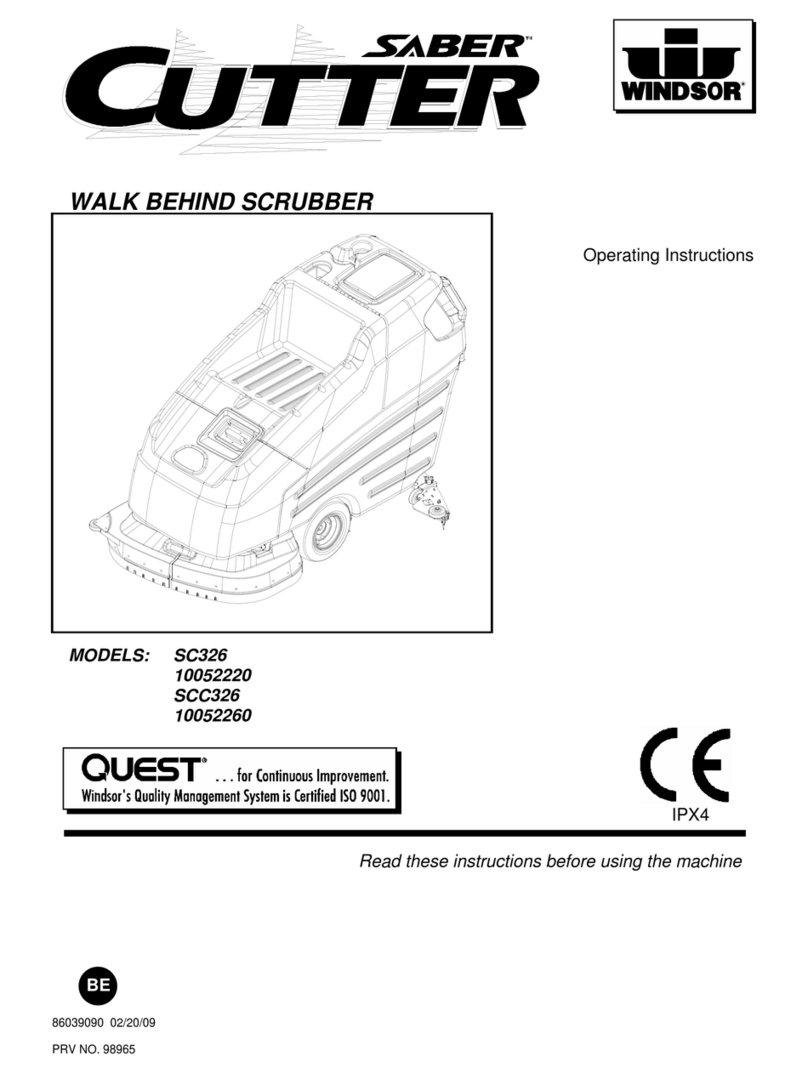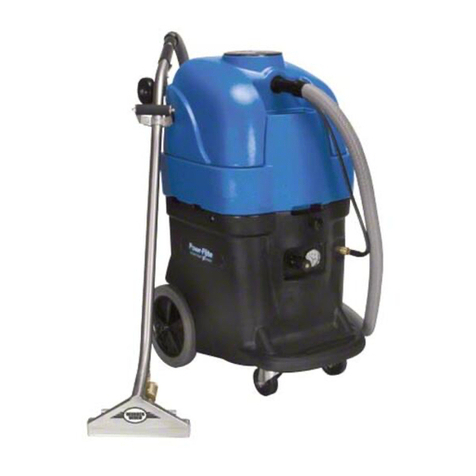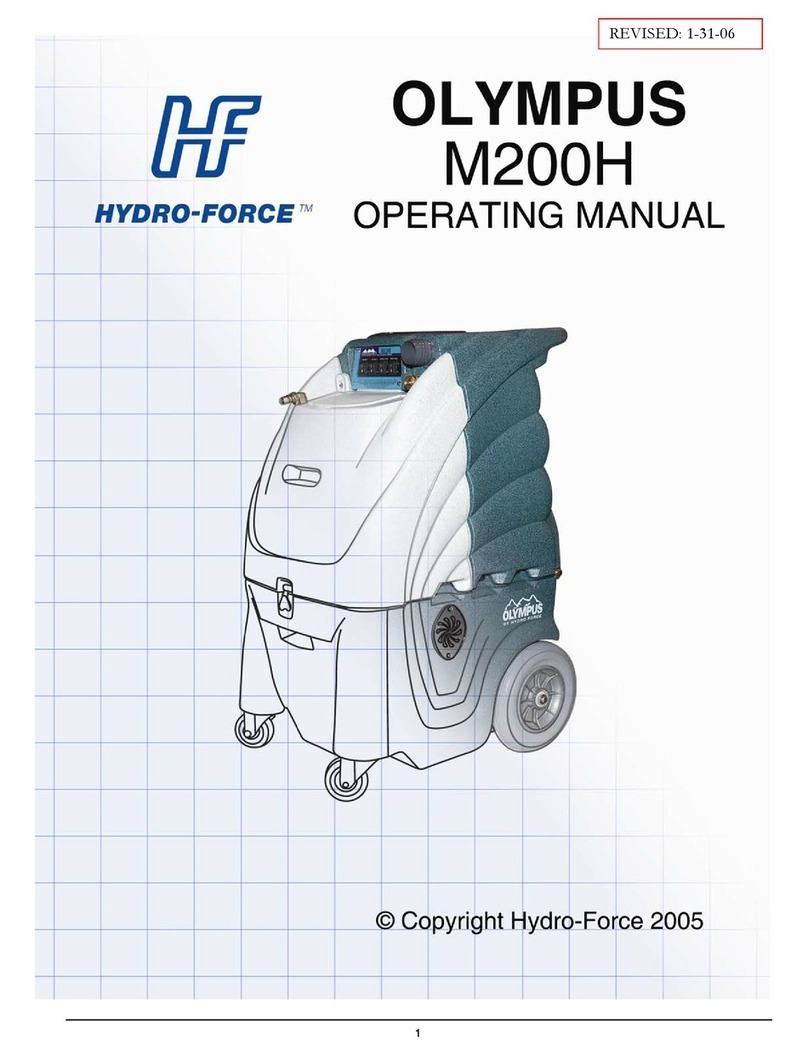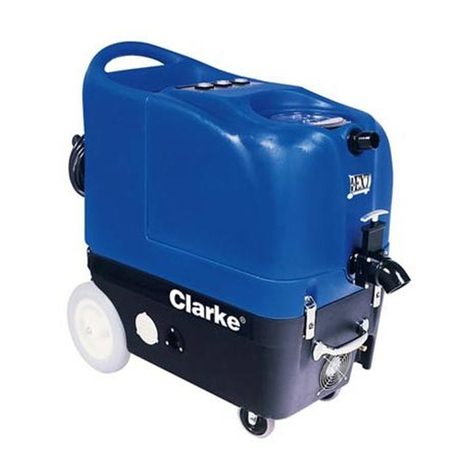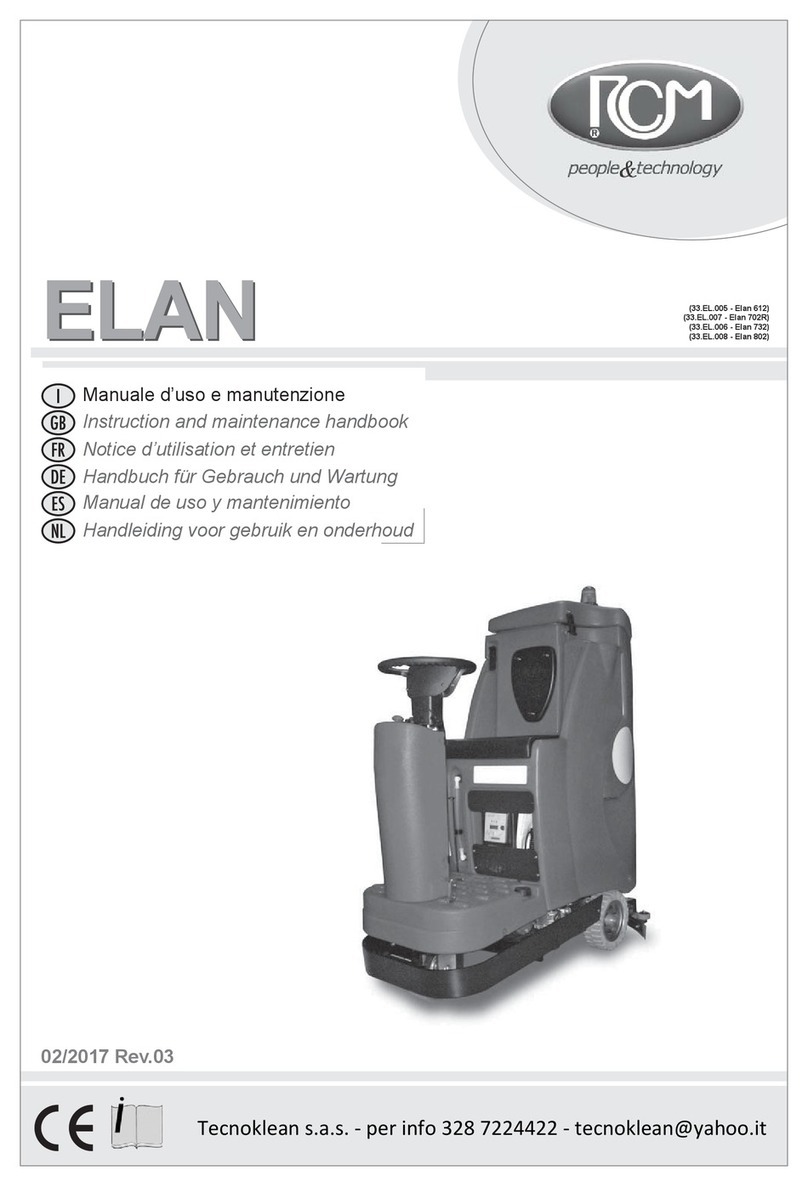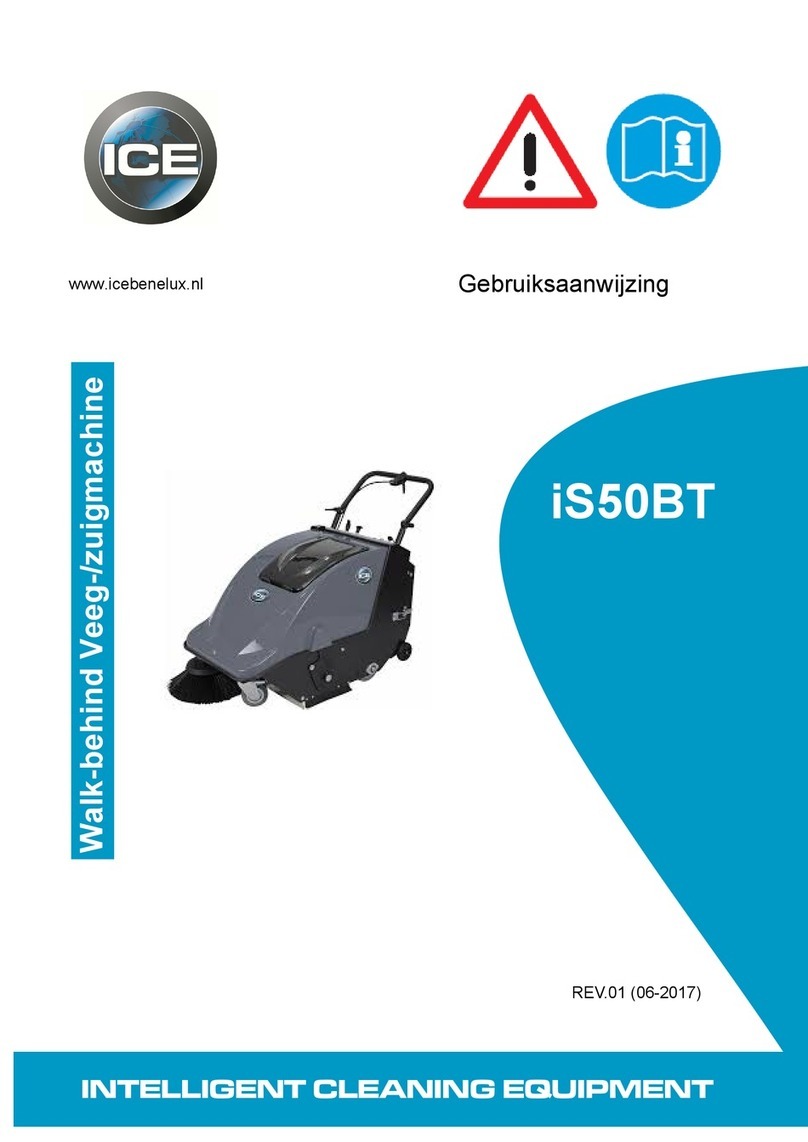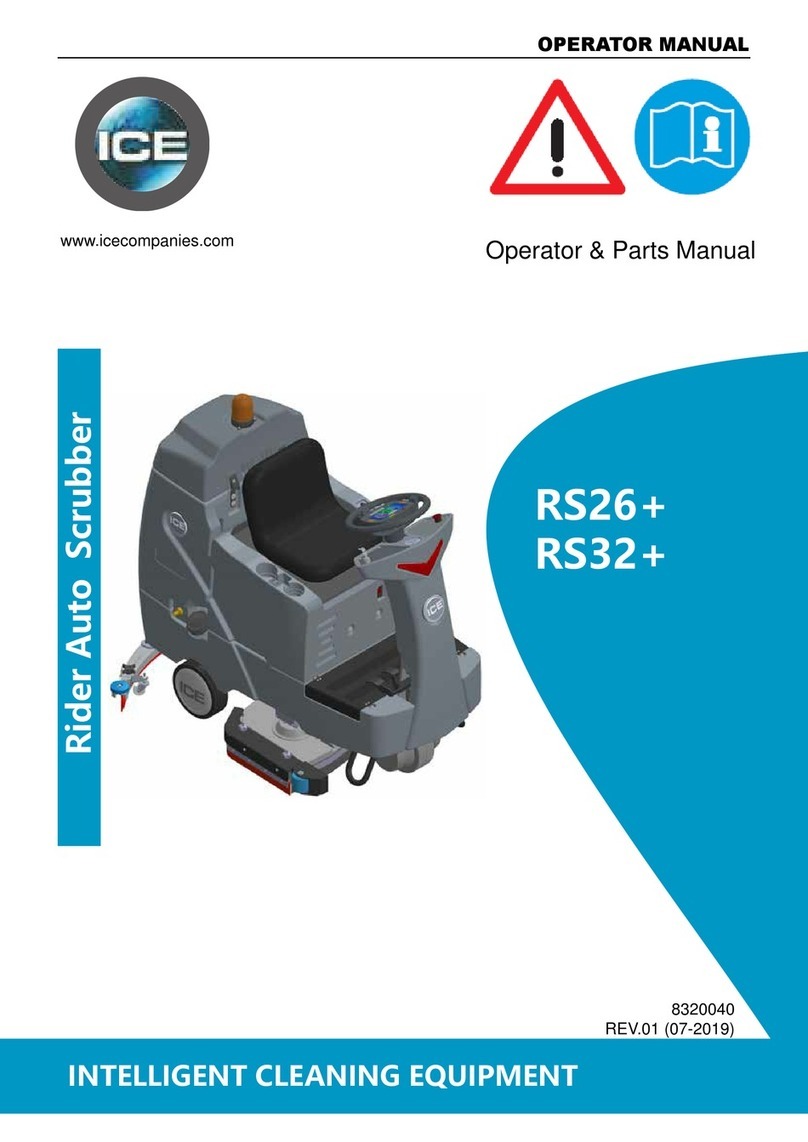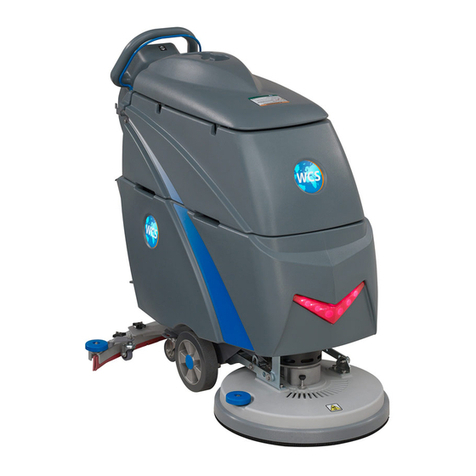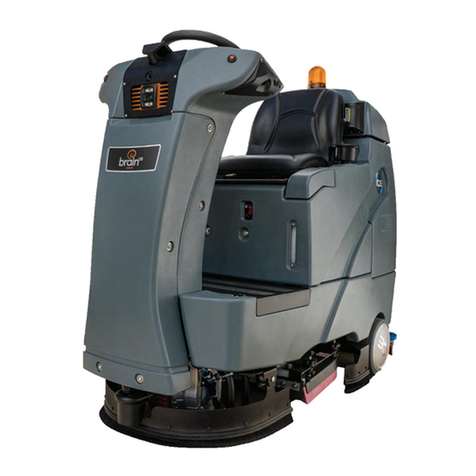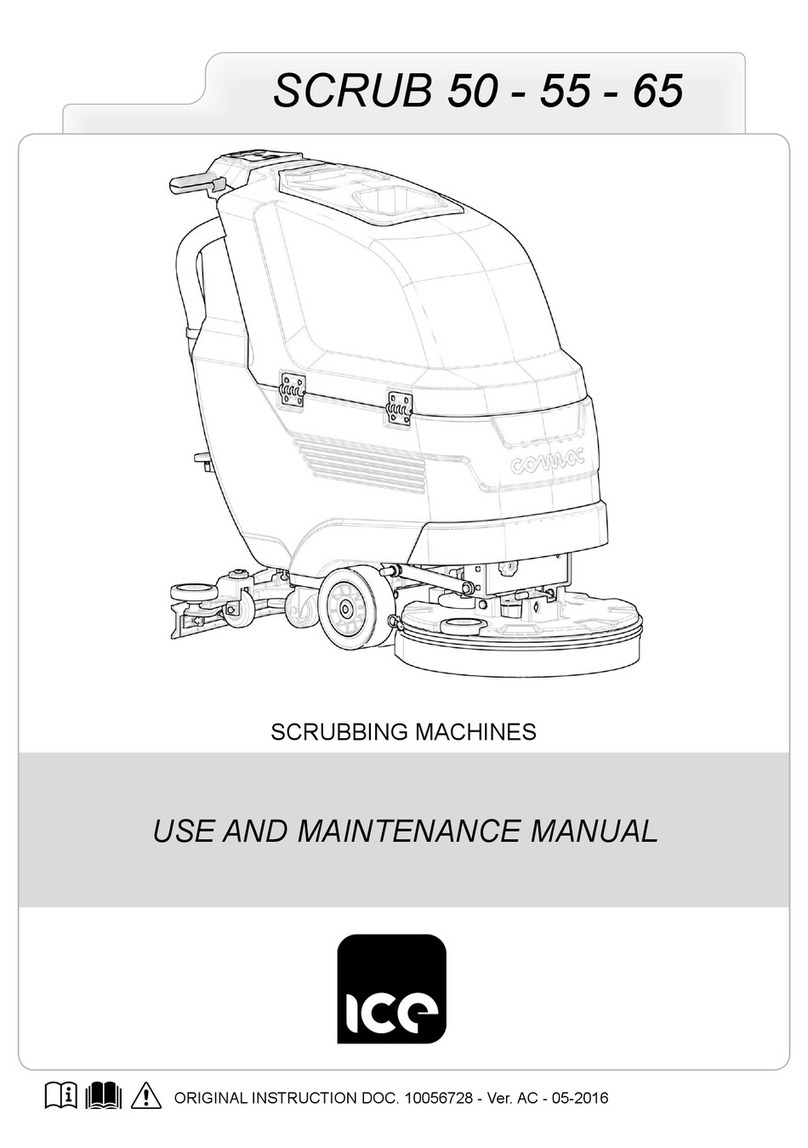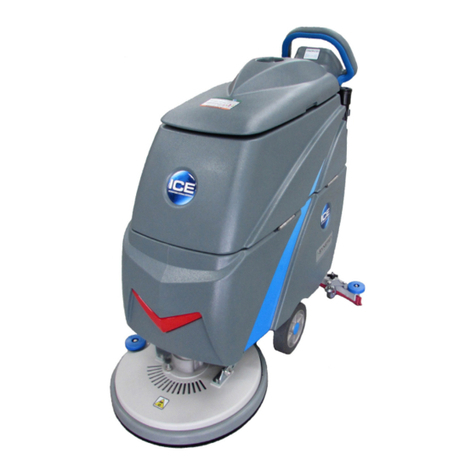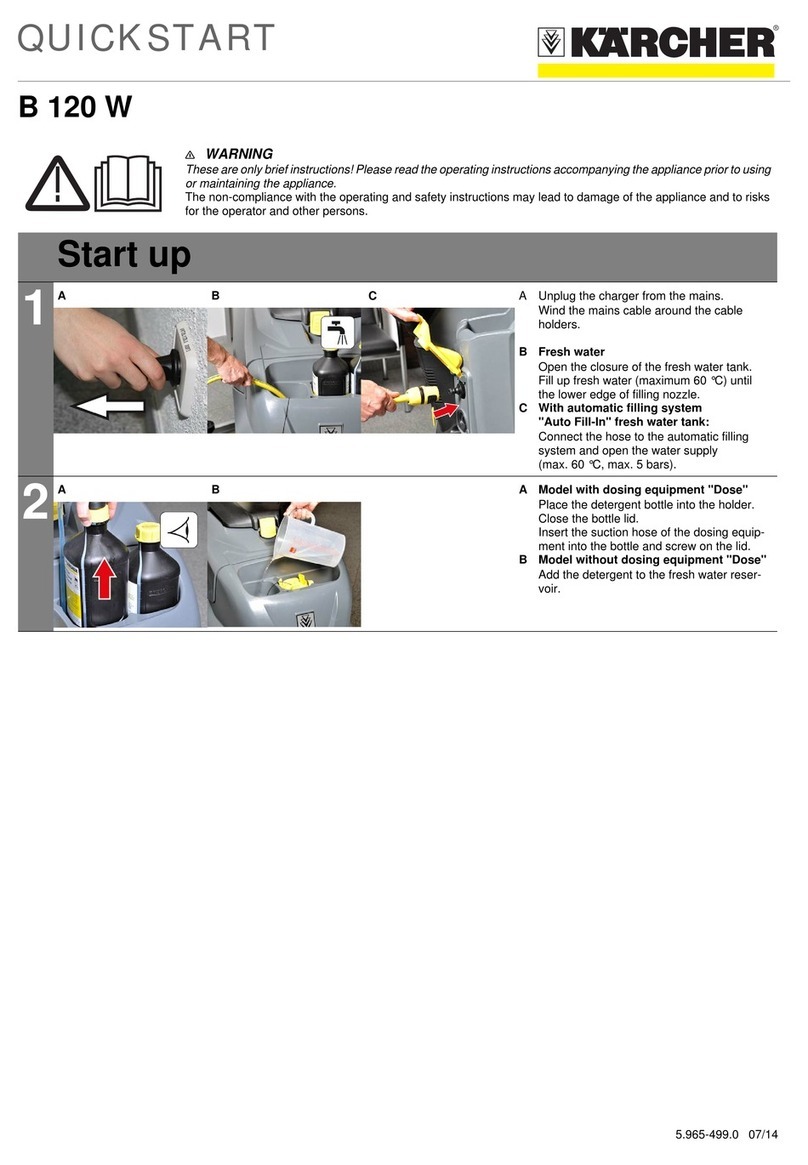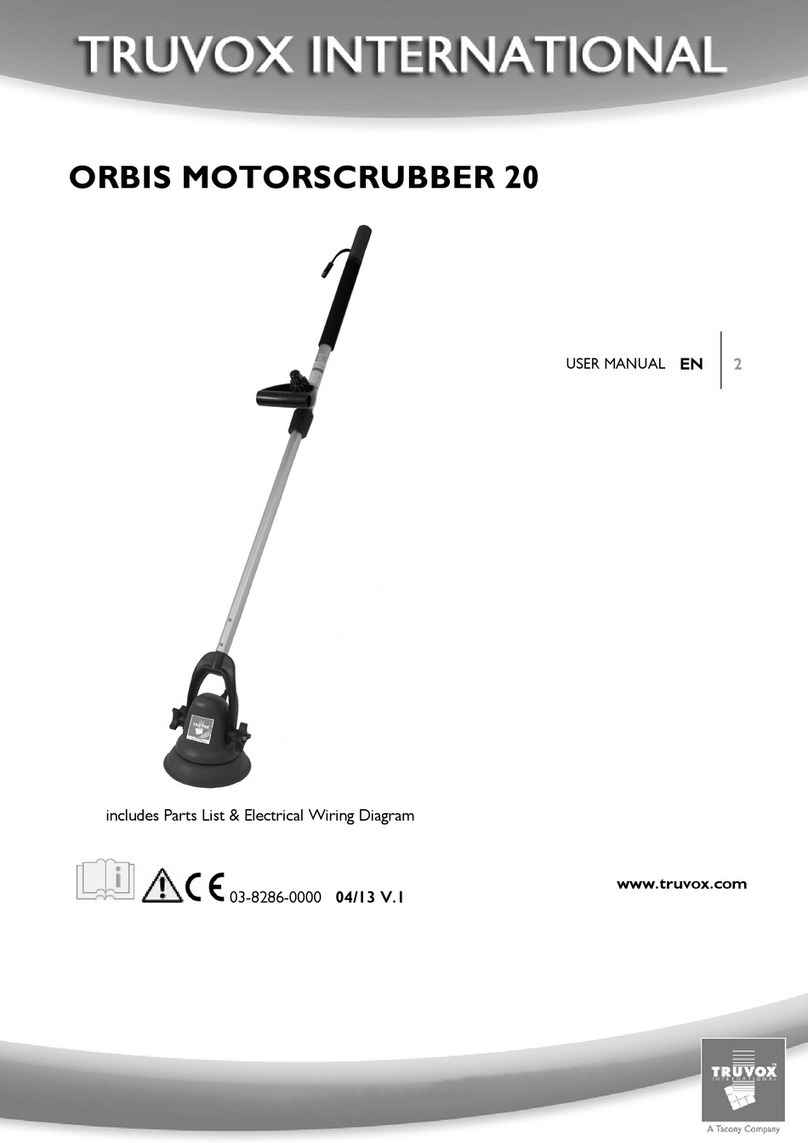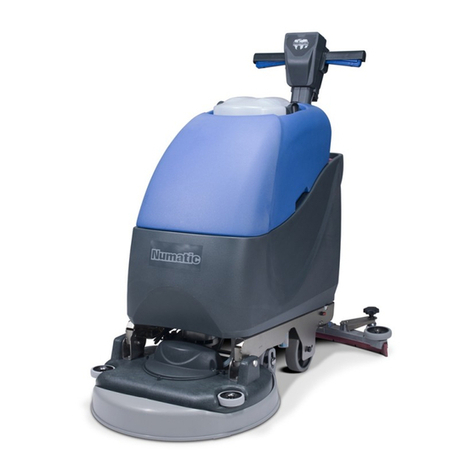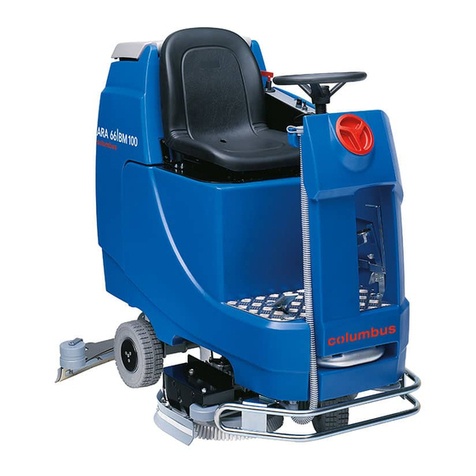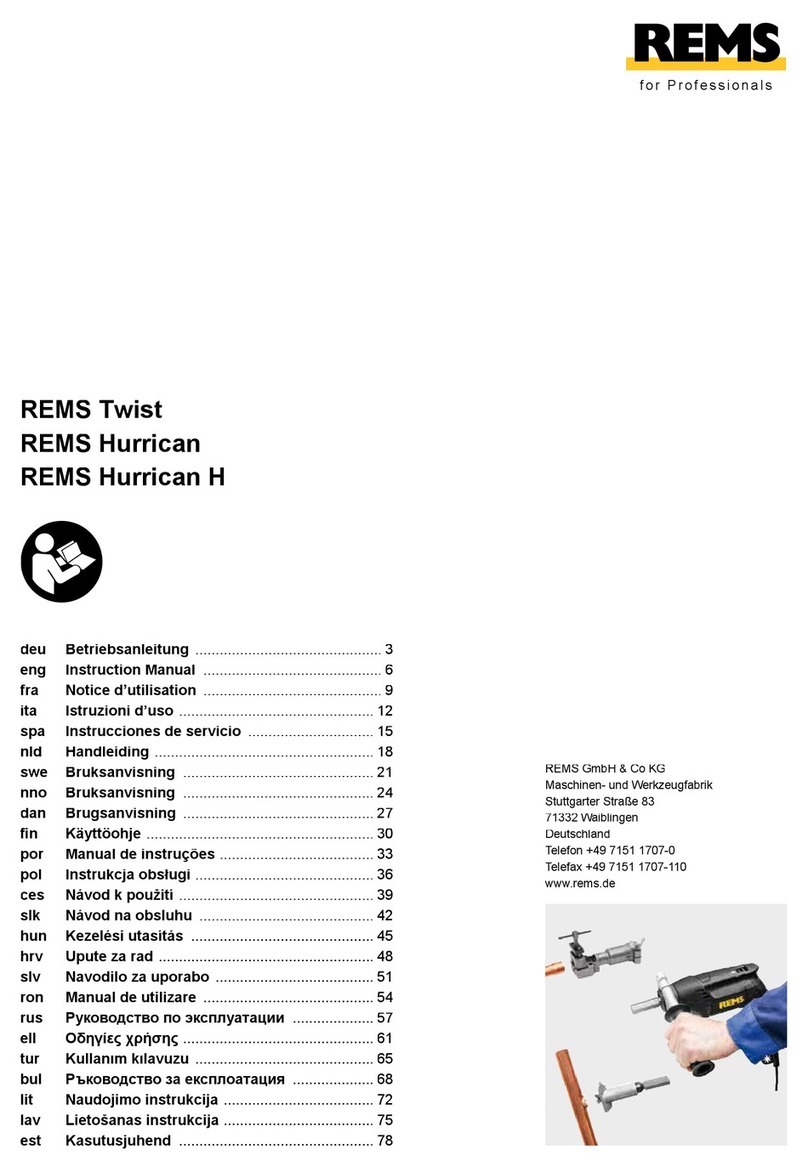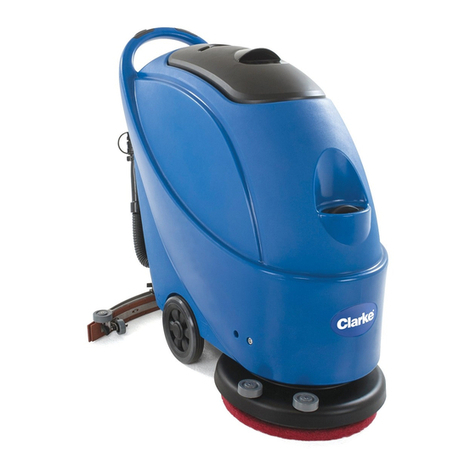
Remarks:
(1) The working capacity is calculated using a forward speed of 1.5 Km/h.
(2) The width of the squeegee refers to its maximum footprint.
(3) The width is to be understood as being without the squeegee mounted on the machine.
(4) Machine weight: refers to the overall machine weight without the batteries, and with both tanks empty.
(5) Machine weight during transport: refers to the overall machine weight with the batteries, but with both tanks empty.
(6) Machine weight during work operations: refers to the overall machine weight with the batteries, with the solution tank full, but with the recovery tank empty.
TECHNICAL DATA
Unit of
Meas-
urement
MxL 65 Bt MxL 75 Bt Scrub 80D MxL 70 Bts
Rated machine power W 1725 1725 1725 1625
Working capacity up to (1) sq.ft/h 17.631 20.591 22.604 17.362
Working width in 25,79 30,12 33,07 25,39
Squeegee width (2) in 30,8 34,8 38,8 34,8
Brush head brush diameter (number - diameter) in 2 - ø13,4 2 - ø15,75 2 - ø16,9 -
Dimensions of cylindrical brush (number - diameter - length) in - - - 2 - ø7 - 24
Number of brush head brush rotations rpm 140 140 140 550
Brush head motor (voltage / nominal power) V / W 24 - 500 24 - 500 24 - 500 24 - 450
Debris hopper internal volume ft3- - - 0,28
Maximum weight exerted on the brush head lb 72,75 77,16 83,78 72,75
Gradeability (weight(5)) % - - - -
Traction motor (voltage / rated power) V / W 24 - 300 24 - 300 24 - 300 24 - 300
Maximum forward speed in transport mode mph 3,04 3,04 3,04 3,04
Vacuum motor (voltage - nominal power rating) V / W 24 - 422 24 - 422 24 - 422 24 - 422
Vacuum on vacuum head mBar 112 112 112 112
Maximum solution tank capacity gal 19,55 19,55 19,55 19,55
Maximum recovery tank capacity gal 22,45 22,45 22,45 22,45
Machine dimensions (length - width(3) - height) in 58,9 - 27,6 - 43 59,6 - 31,3 - 43 60,7 - 34,6 - 43 57,9 - 28,9 - 43
Battery compartment dimensions (length - width - useful height) in 20,6 - 15,6 - 12,6 20,6 - 15,6 - 12,6 20,6 - 15,6 - 12,6 20,6 - 15,6 - 12,6
Recommended battery V / AhC56 - 180 6 - 180 6 - 180 6 - 180
Maximum individual battery weight (recommended) lb 68 68 68 68
Machine weight(4) lb 410 414,5 421,1 412,3
Machine weight during transport(5) lb 683,4 687,8 694,5 685,6
Machine weight during work operations(6) lb 853,2 857,6 864,2 855,4
Sound pressure level (ISO 11201) - Lpa dB (A) <70 <70 <70 <70
Uncertainty Kpa dB (A) 1,5 1,5 1,5 1,5
Hand vibration level (ISO 5349) m/s2<2,5 <2,5 <2,5 <2,5
Vibration measurement uncertainty - - - -
DISPOSAL
To dispose of the machine, take it to a demolition centre or an authorised collection centre. Before scrapping the machine,
it is necessary to remove and separate out the following materials, then send them to the appropriate collection centres in
accordance with the environmental hygiene regulations currently in force:
• Brushes
• Felt
• Electric and electronic parts*
• Batteries
• Plastic parts (tanks and handlebars)
• Metal parts (levers and frame)
(*) In particular, contact your distributor when scrapping electric and electronic parts.
9
